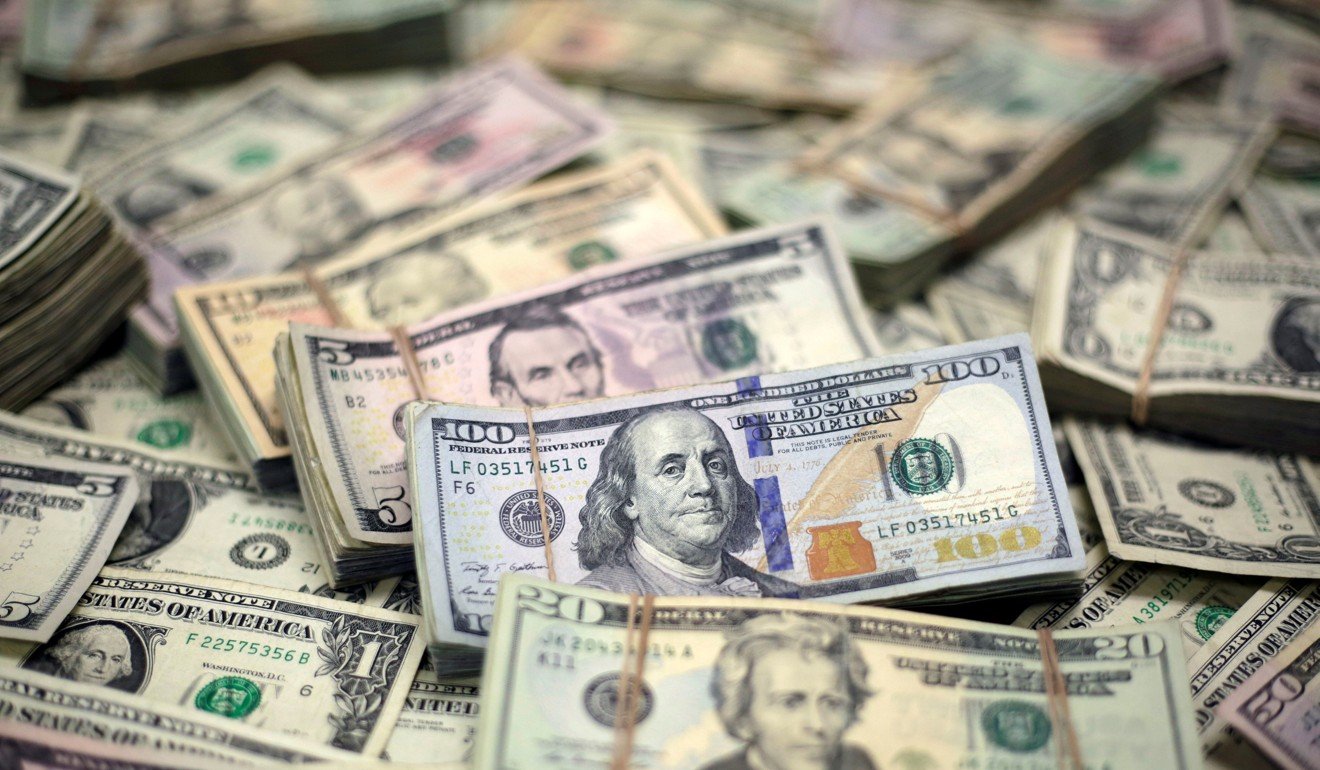
Could China and Russia abandon the US dollar and forge a yuan-rouble deal?
- Another delay to a bilateral payments system shows how tough it is to develop an alternative to the US dollar
- But the rise in Russia-China trade means the two countries won’t abandon the mission, analysts say
Russia and China plan to ditch the US dollar and switch to local currencies in international trade but yet another delay to a new system for yuan-rouble settlements shows just how complex it is to develop an alternative to the greenback.
Russia, China and a number of other countries are aiming to cut their dependence on the US dollar, as Washington uses access to the dollar payment system as a weapon to punish nations and individuals for breaking US laws, even outside the United States.
In November, Russian Finance Minister Anton Siluanov said that Moscow and Beijing were finalising a memorandum to settle more bilateral trade in the rouble and yuan.
The two countries were also reportedly in talks to launch a new cross-border system to improve direct payments of trade invoices, and for the use of China’s UnionPay credit card in Russia and Russia’s Mir card in China.
But late last month, Russian media quoted Siluanov as saying that Moscow had decided to step away from Beijing’s proposed plan.
China and Russia look to ditch dollar with new payments system in move to avoid sanctions
Talks would continue between the two countries’ central banks, as well as between Russia’s Ministry of Finance and China’s Ministry of Commerce, the reports said, without offering details of the plan.
Given the growth in Russia-China trade and their opposition to US sanctions via the dollar payment system, Beijing and Moscow were likely to keep working towards a system acceptable to both sides, analysts said.
Like a growing number of countries, China and Russia are keen to work out an alternative to protect their banks and bankrollers from the US’ secondary sanction power of prosecuting entities that deal with sanctioned companies or individuals from Russia, Iran or Venezuela.
But other nations, such as India, aim to enter a bilateral arrangement to cut their ballooning trade deficit with China. It’s no easy task though – just before the deal with Moscow was put on hold, Beijing rejected an Indian proposal for a rupee-yuan transaction system.

The setback for the new payments infrastructure shows just how difficult it is to shift away from the US-dominated status quo.
Dmitry Dolgin, Russia chief economist at ING Bank, said that the memorandum between China and Russia was supposed to improve financial infrastructure for settlements in those currencies.
“The shelving of the agreement means the [foreign exchange] clearing will not become easier any time soon,” Dolgin said.
The US dollar is the preferred currency for international trade because it is one of the least volatile and thus less prone to a sudden depreciation. Russia’s rouble is a more volatile currency partly due to existing US and European sanctions and partly because its main export is energy, which leaves the rouble vulnerable to changes in petroleum prices.
China and Russia: new BFFs thanks to an insecure US
Evghenia Sleptsova, senior emerging market economist at Oxford Economics, said that the greater stability of the yuan over the rouble was a plus for Russian exporters and a minus for Chinese exporters, who had no incentive to add currency risks to an already volatile commodity.
And while China’s “Belt and Road Initiative” and the Eurasian Economic Union are forging economic ties between the two countries, China is fast replacing Russia as a dominant economic power in the region, which might make Russia reluctant to accept Chinese financing and projects, according to Otilia Dhand, senior vice-president at the intelligence division of Teneo, a management consultancy.
“Russia and China are developing cooperation in several areas and these intensifying collaboration is partially driven by their shared opposition to the US dominance in the world,” Dhand said.
But the economic gains were modest, with some Chinese investment falling through in even the most promising areas such as the energy sector, she said.
China has also slowed down its efforts to internationalise its currency in the last three years because of concerns about capital outflows amid slowing economic growth. Beijing is strictly scrutinising and controlling outbound investments by Chinese individuals and businesses even though it encourages foreign investors to plough money into the country.
China and Russian ties, rooted in energy deals, buffeted by ecomomic headwinds
Still, the role of the yuan and the rouble in Russia’s financial and trade transactions has grown in the last few years, and the strategic partnership with China will continue to deepen, especially if the US remains in an adversarial position to both, according to Dolgin.
That growth has been aided by China setting up a “payment versus payment” (PVP) system for yuan-rouble transactions in 2017, paving the way for China to use PVP systems for yuan transactions with other currencies along the belt and road route. The PVP systems reduce settlement risk as well as the risk of transactions taking place in different time zones, and improve foreign exchange market efficiency.
In 2014, China and Russia signed 38 energy, trade and finance deals and a currency swap worth 150 billion yuan (US$22 billion). Russia had sought trade links with China after its forceful annexation of Crimea soured ties with the United States and European Union.
In bilateral trade with China, about 14 per cent of payments are already done in yuan, and about 7 to 8 per cent in the rouble, according to Russia’s Finance Ministry.
The Russian central bank is also buying yuan for its foreign reserves, purchasing US$44 billion worth of the Chinese currency in the second quarter of 2018, while selling more than US$100 billion of US dollars. Russia held US$67 billion in yuan as of mid-2018, 15 per cent of its international reserves.
China’s yuan has become the fourth largest component of Russia’s international reserves after the euro (32 per cent), the US dollar (22 per cent), and gold (17 per cent).
Russia wants to see bilateral trade with China top US$200 billion by 2020.
The People’s Bank of China did not respond to requests for comment.

